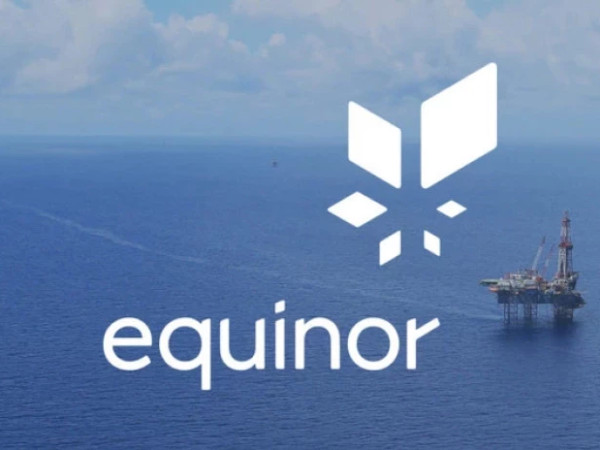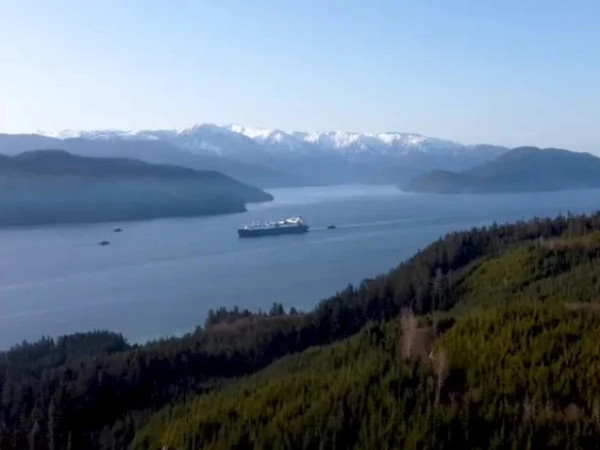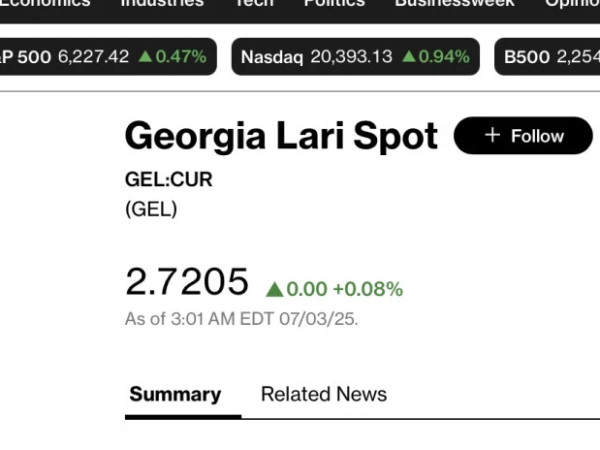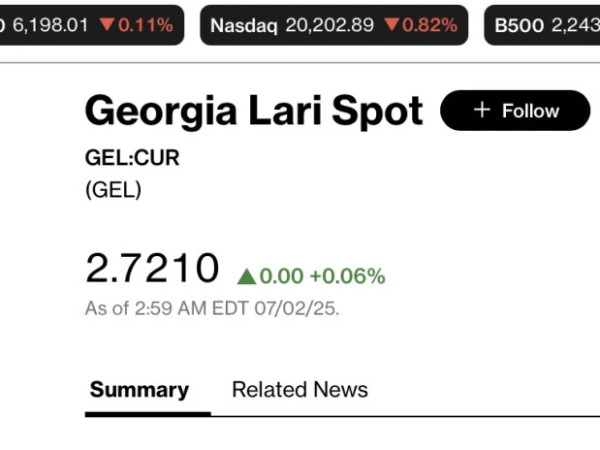The first LNG gas carrier, GasLog Glasgow (112,764 dwt) departed the LNG terminal at Kitimat, Canada, on June 30, officially marking Canada’s entry into the export market. The LNG Canada project had been gearing up in recent weeks and began the first loading over the weekend, which opens a critical market for Asia to obtain LNG from Canada.
The project is led by Shell and includes partners PETRONAS, PetroChina, Mitsubishi Corporation, and Korea Gas. Each of the participants in the project will provide its own natural gas supply and individually offtake and market their respective share of liquified natural gas from LNG Canada. The project has two trains with an initial capacity of 14 million tonnes per annum (mtpa) and plans to double capacity in the future.
The first shipment is aboard the Greek-owned vessel, which is operating under charter to Shell. The vessel’s AIS signal currently shows it bound for Incheon, South Korea, where it is scheduled to arrive on July 20.
Historically, Canada’s only LNG market was to the United States by pipeline. The concept of opening to the Asian markets began more than 15 years ago with various projects proposed to Canada’s federal government. Shell, however, highlights that the timing is right now as Asia moves away from coal. Shipping LNG from Canada’s West Coast provides shorter distances and will result in lower prices for the Asian buyers.
Largely driven by economic growth in Asia, Shell in its 2025 annual forecast for LNG predicted that global demand is set to rise by around 60 percent by 2040. Shell is targeting 4 to 5 percent per year growth in its LNG sales through at least 2030.
LNG Canada reports the investment to develop the facility, which is located northeast of Vancouver, topped C$40 billion (US$29 billion). Of that, it says it invested more than C$5.8 billion (US$4.25 billion) locally in Canada.


















